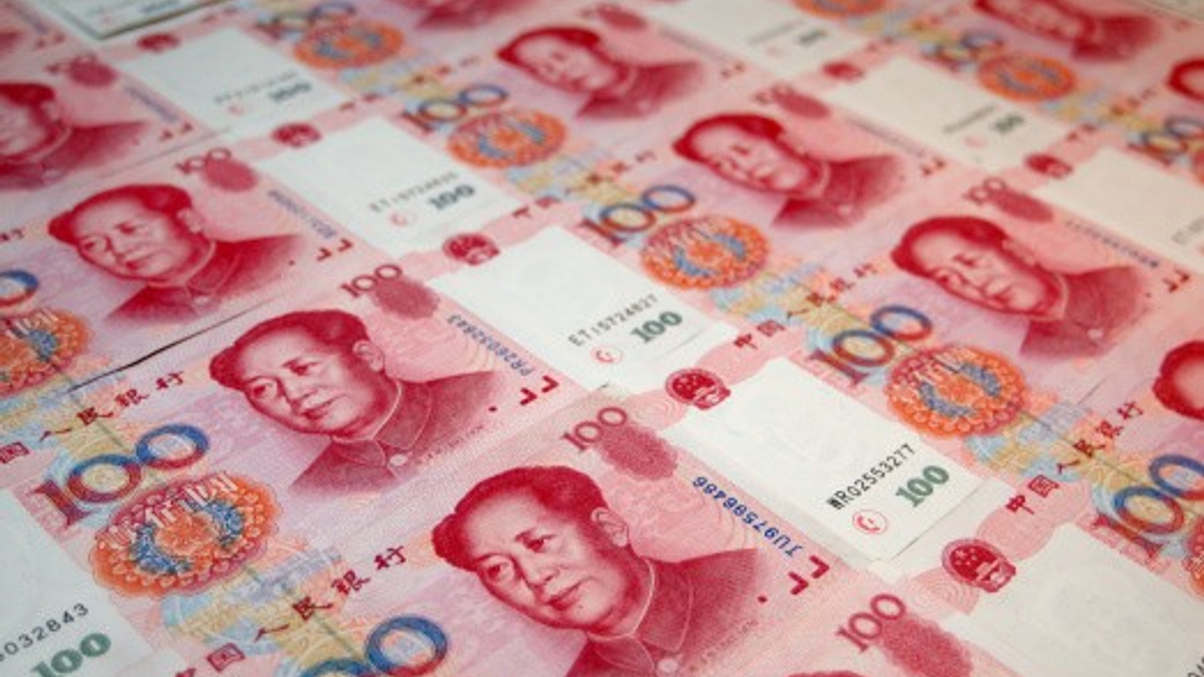China easing tipped to boost onshore bonds
A cut in the reserve requirement ratio for banks signals the start of a prolonged period of monetary easing in China, said CSOP's Meng Xiaoning at the Borrowers and Investors Forum.

Monetary easing is likely for years to come in China following last week’s cut to the reserve requirement ratio (RRR) for banks, and there will be more interest rate cuts this year, argues a debt investment specialist.
Sign In to Your Account
Access Exclusive AsianInvestor Content!
Please sign in to your subscription to unlock full access to our premium AI resources.
Free Registration & 7-Day Trial
Register now to enjoy a 7-day free trial—no registration fees required. Click the link to get started.
Note: This free trial is a one-time offer.
¬ Haymarket Media Limited. All rights reserved.


